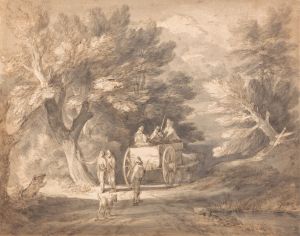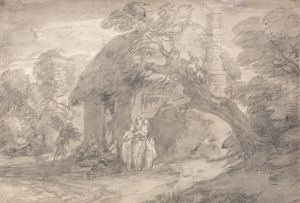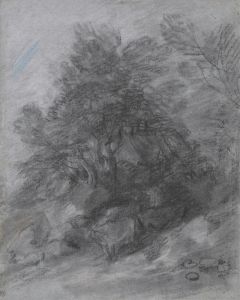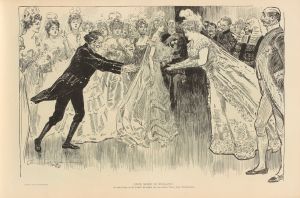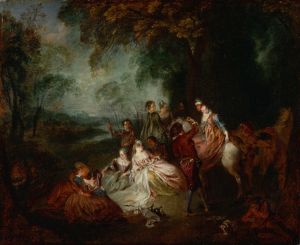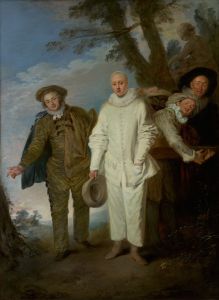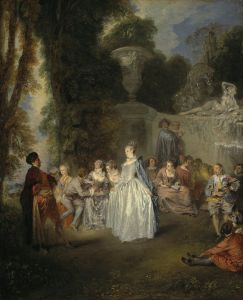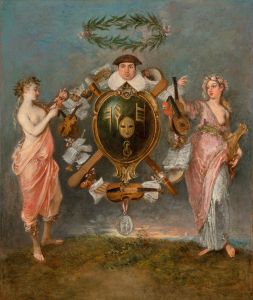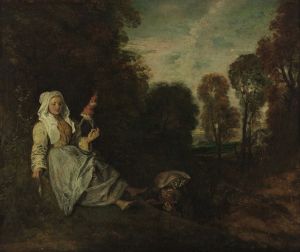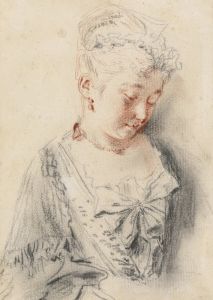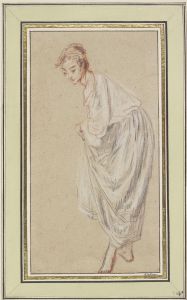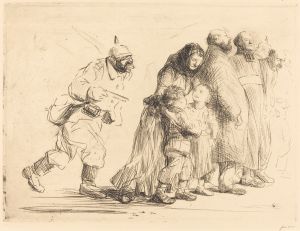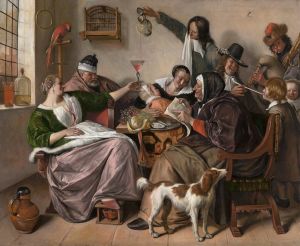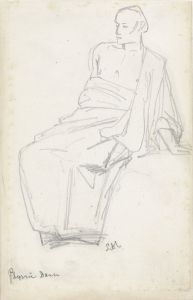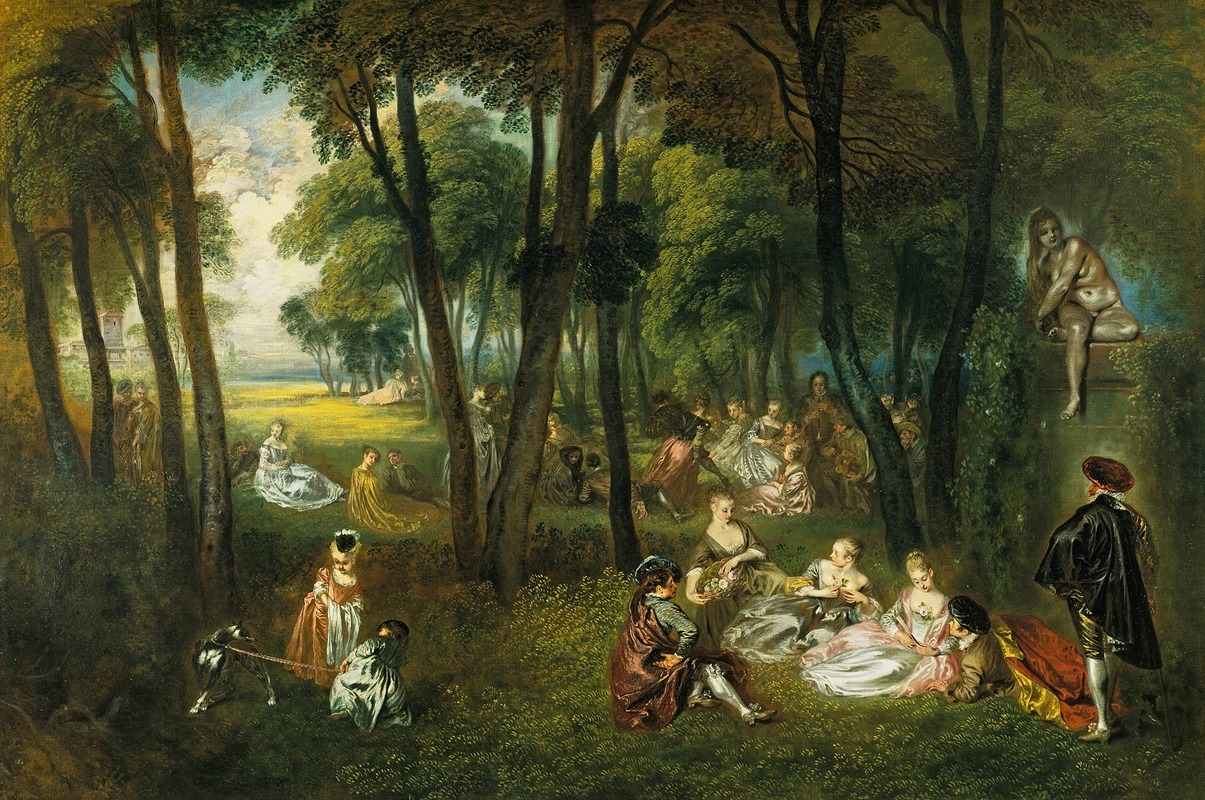
Fête galante in a Wooded Landscape
A hand-painted replica of Jean-Antoine Watteau’s masterpiece Fête galante in a Wooded Landscape, meticulously crafted by professional artists to capture the true essence of the original. Each piece is created with museum-quality canvas and rare mineral pigments, carefully painted by experienced artists with delicate brushstrokes and rich, layered colors to perfectly recreate the texture of the original artwork. Unlike machine-printed reproductions, this hand-painted version brings the painting to life, infused with the artist’s emotions and skill in every stroke. Whether for personal collection or home decoration, it instantly elevates the artistic atmosphere of any space.
Jean-Antoine Watteau's painting "Fête galante in a Wooded Landscape" is a quintessential example of the fête galante genre, which Watteau himself pioneered. This genre typically depicts scenes of aristocratic outdoor entertainment, characterized by elegant figures engaging in leisurely activities within idyllic, often pastoral settings. Watteau's work in this genre had a significant influence on the Rococo movement, which emphasized lightness, grace, and playful themes.
"Fête galante in a Wooded Landscape" showcases Watteau's mastery in capturing the subtleties of human interaction and the delicate interplay of light and shadow. The painting features a group of finely dressed men and women, likely members of the French aristocracy, gathered in a lush, wooded landscape. The figures are engaged in various activities, such as conversing, playing music, and dancing. The scene exudes an air of refined elegance and leisurely enjoyment, reflecting the sophisticated social life of the time.
Watteau's technique in this painting is notable for its loose, fluid brushwork and the use of soft, muted colors. These elements contribute to the dreamlike quality of the scene, enhancing the sense of an idealized, almost otherworldly setting. The artist's attention to detail is evident in the intricate costumes of the figures, which are rendered with a delicate touch that highlights the textures and patterns of the fabrics.
The wooded landscape itself plays a crucial role in the composition, providing a serene and picturesque backdrop that complements the activities of the figures. Watteau's skillful use of light and shadow creates a sense of depth and dimension, drawing the viewer's eye into the scene and inviting them to partake in the tranquil atmosphere. The interplay of dappled sunlight filtering through the trees adds to the overall sense of harmony and balance within the composition.
Watteau's "Fête galante in a Wooded Landscape" is also significant for its portrayal of the Rococo ideals of beauty and pleasure. The painting reflects the cultural and artistic values of early 18th-century France, a period marked by a fascination with the pleasures of life and the pursuit of aesthetic refinement. Watteau's work captures the essence of this era, offering a glimpse into the leisurely pursuits and sophisticated tastes of the French aristocracy.
The painting is an excellent example of Watteau's ability to convey emotion and narrative through subtle gestures and expressions. Each figure in the scene is carefully positioned to create a sense of interaction and connection, suggesting underlying stories and relationships. This narrative quality is a hallmark of Watteau's work, setting him apart from his contemporaries and earning him a lasting place in the history of art.
In summary, Jean-Antoine Watteau's "Fête galante in a Wooded Landscape" is a masterful representation of the fête galante genre and the Rococo style. Through its elegant figures, idyllic setting, and delicate brushwork, the painting captures the essence of 18th-century French aristocratic life, reflecting the cultural and artistic values of the time. Watteau's skillful composition and attention to detail make this work a timeless example of his artistic genius.





